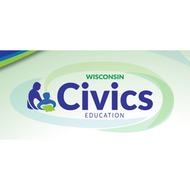
(View Complete Item Description)
In this game, students will play a voting simulation where they learn the importance of getting to know the candidates, their qualifications, experience, and what they stand for. The students will also be able to identify the issues that are most important to them and then evaluate the candidates on their stance on these issues. Multiple information sources are used to inform students about elections and candidates to make this a realistic simulation.
Instructor Notes: Teachers can assign this content to their students in iCivics account and then Clicking the Assign button on this activity. Teachers will then have the option to add a Class into iCivics OR Sync a roster from Google Classroom. This will allow teachers to see student's responses.
This simulation game also comes with teaching materials and an extension pack which allows additional teaching and learning opportunities beyond the game.
Material Type:
Activity/Lab,
Game,
Learning Task,
Lesson,
Simulation
Author:
iCivics




















